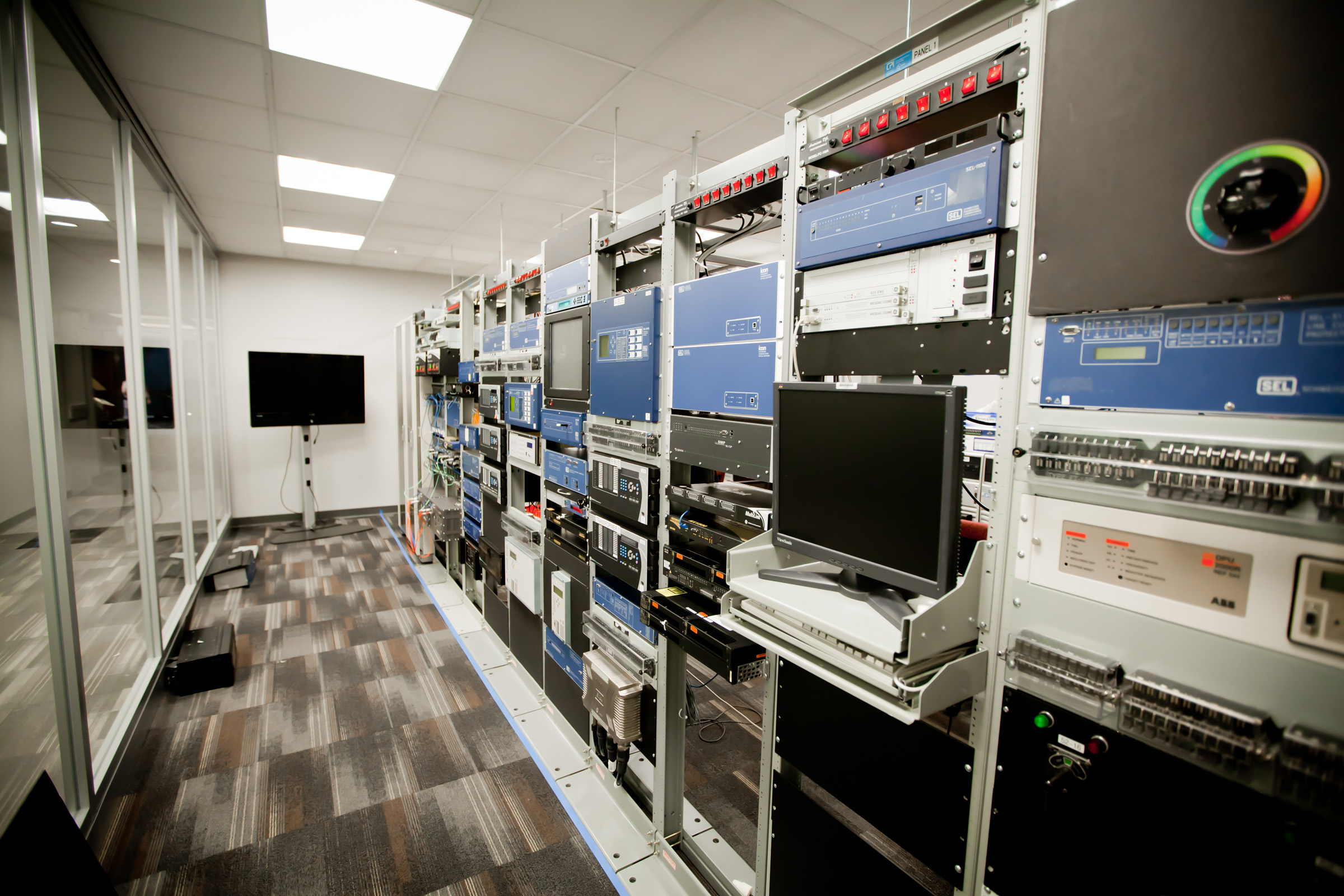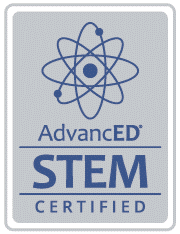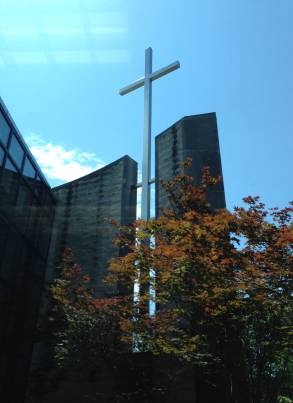Miles Wood, member of the great class of 2016, shares his reflection of his internship opportunity.
The Engineering Club was created with an impactful mission in mind: to introduce students to modern concepts of engineering. In its inaugural year, the club did an incredible job of acquainting physics students with the engineering field through the Catapult Competition and the Cardboard Boat Race. However, a lack of practicality prevented the club from fully achieving its purpose. Throughout the club’s second year, Mr. Winkeler worked earnestly to establish strong ties with our neighboring engineering firm, Burns & McDonnell, and create a comprehensive 4-year shadow program. Fortunately, this program took the Rockhurst Engineering Club farther than Mr. Winkeler and I had expected.
In mid-December, Mr. Winkeler texted me about a potential internship after meeting with Burns & McDonnell’s Educational Outreach Coordinator. Over the next few weeks, I spoke with the Educational Outreach Coordinator over the phone to begin the hiring process, submitted my résumé, and interviewed with a manager in the Telecom & Network Engineering department. I was fortunate enough to receive an offer and shortly thereafter begin my internship in the Transmission & Distribution Global Practice in early January.
Since January, I have had an incredible experience. I was immediately assigned a “mentor,” who continues to give guidance when needed. From January to April, I worked around 5 hr/week in the firm’s state-of-the-art Smart Grid Lab. In May I transitioned to a 20 hr/week schedule to assist the FirstEnergy Project Team with budgetary analysis and forecasting.
I have had an incredible experience
My experience in the Smart Grid Lab was incredibly educating. The Smart Grid is a Burns & McDonnell creation that is “the convergence of information and operational technology applied to the electric grid allowing sustainable options to customers and improved security, reliability, and efficiency to utilities.” The lab functions as a substation, allowing telecom and network engineers to conduct individualized tests and discover the most effective solutions for the consulting firm’s clients. Below is a photograph of the laboratory in its current state. It is growing exponentially, as new technology is constantly being introduced to the industry.

Throughout my time in the lab, I accumulated a significant amount of hands-on experience with real-world technology. For the bulk of my first few months, I spent my time in the office working to organize the lab. This included mapping the entire lab in an Excel document, as well as rewiring much of the existing fiber optic connections. The process of mapping each individual device, along with pairing it to its IP address, introduced me to the inner workings of substation communication technologies and developed a comfortable familiarity with the devices. Additionally, my gradual replacement of all of the lab’s pre existing fiber optic cables introduced me to the methods of communication used in electric grids and allowed me to transition into more meaningful work.
In the latter half of my lab efforts, I helped create curriculum for a class for new hires regarding the operation of a Cisco switch and began testing channel asymmetry in a variety of devices. To assist with the development of the introductory class, I was essentially left to teach myself how to install and function a basic Cisco switch. The team then used my extensive recordings on the self-instruction process to determine which aspects should be emphasized in the class. Following the construction of the class’ curriculum, my mentor and I worked to test channel asymmetry using automated analytical software. This was my first experience engaging with the technology in a very technical manner and, as such, I learned a lot about true electrical engineering.
In my current position, I continue to assist with basic tasks in the Smart Grid Laboratory, but have largely shifted focus to the FirstEnergy Project Team. Although I have been in this position only a couple months, I have thoroughly enjoyed the transition to legitimate engineering work. I have primarily spent my first few weeks analyzing financial data for previous fiber expansion projects and developing budget forecasts for projects to be completed between 2017 and 2020. Additionally, I have been developing maps of substations, which detail how a substation is connected internally and externally to the power grid. These maps, which are developed using pictures taken during site visits, are ultimately incredibly precise and used as plans.
As a whole, this experience has been incredibly rewarding in every capacity imaginable. First and foremost, the people are phenomenal. My mentor has always been a quick text away from answering any number of questions. My managers have done an impeccable job of ensuring that I am always doing something productive, both for the company and for my own personal gain. And the other interns, many of whom are juniors or seniors in college, have been great resources for advice as I transition to a university next fall. In addition to absolutely cherishing the genuinely enjoyable environment that these people have created, I have learned an extraordinary amount about engineering, leadership, and networking, all of which will be very useful as I move forward.
Now as much as I love telling you about my experience, this post has a greater purpose. How can we (Secondary Education, STEAM programs, Rockhurst High School, the Engineering Club, you, etc.) facilitate similar experiences in the future?
We first need to address the exponential growth of the STEAM movement across the nation. As a singular firm, Burns & McDonnell just completed an $85-million dollar expansion on its world headquarters in Kansas City. This is really important both for the engineering field, as well as for Kansas City. Burns & McDonnell is looking to invest in the next generation of innovative engineers. Their renowned internship program, which welcomed over 150 interns this year, is designed to engage students in a fascinating discipline with the intention of bringing them back to the company as full-time employees after graduation. As the firm continues to grow, I am confident they will continue to search for promising young minds to introduce to the industry and to the company.
So let’s say, through your success at Rockhurst and in the engineering club, you earn the opportunity to intern at a real-world engineering firm. How can you be successful in a realm full of people who have spent years at universities studying engineering? The company understands that you don’t have a college degree and they don’t expect you to work like you do. I’ve discovered that success in roles similar to my own actually has very little to do with practical engineering knowledge, but a lot to do with a generally confident and competent mindset. First and foremost, you need to be focused and maintain a solid work ethic. Considering you will likely be paid for your work, you should consistently be productive for the company. A strong motivation to work will go a long way for both your reputation and Rockhurst’s reputation within the company. Additionally, you need to stay organized.
And finally, a less obvious skill that has been incredibly influential in my position is autonomy. There is a certain level of independence expected of you, regardless of your age. There are tools in place to cultivate success, but you must find them and use them individually.




Comments